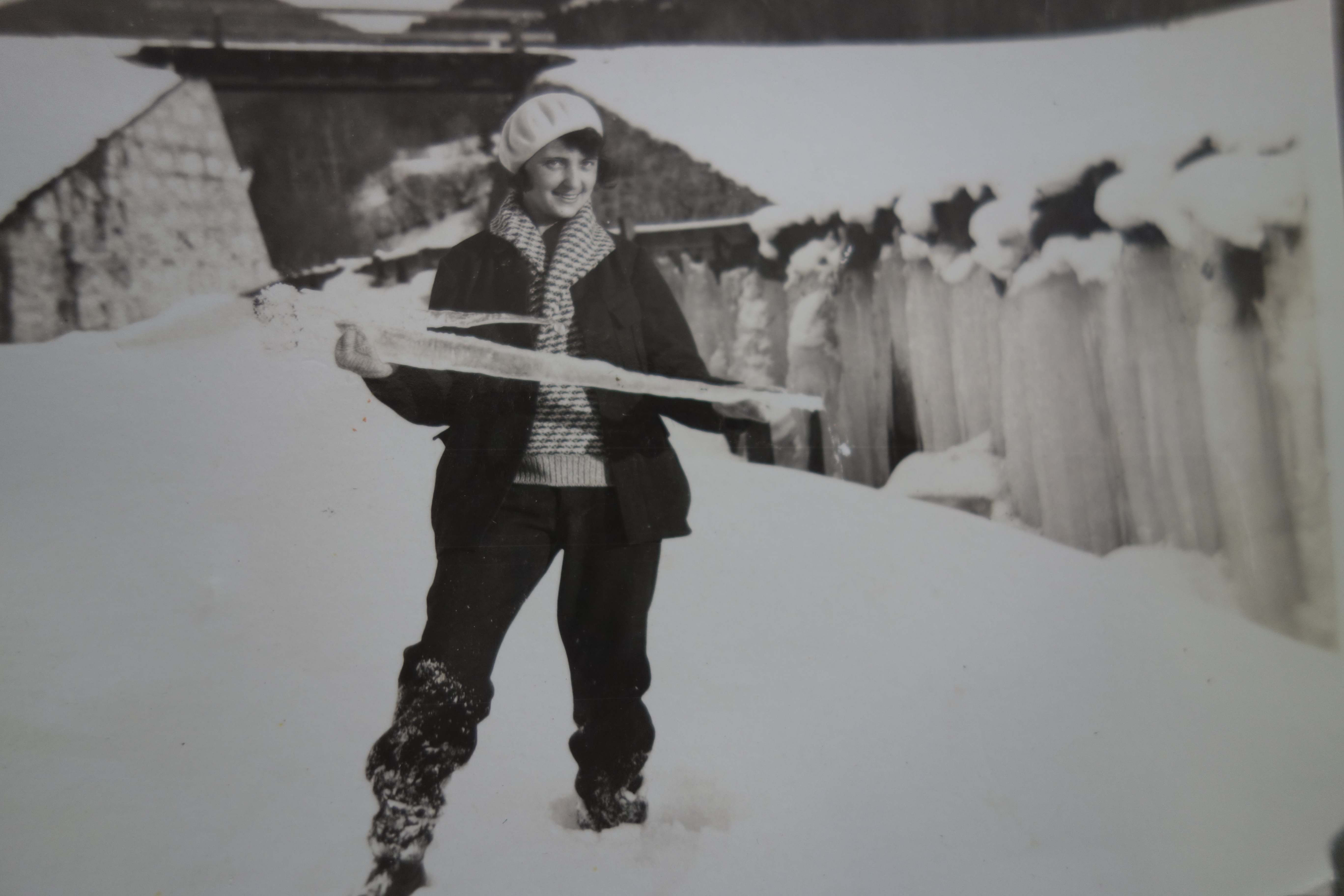VIENNESE LANDSCAPES: NATURAL RECREATION AREAS FOR THE VIENNESE NON-ÉLITE IN THE FIRST HALF OF THE 20th CENTURY: THE VIENNA WOOD AND THE DANUBE
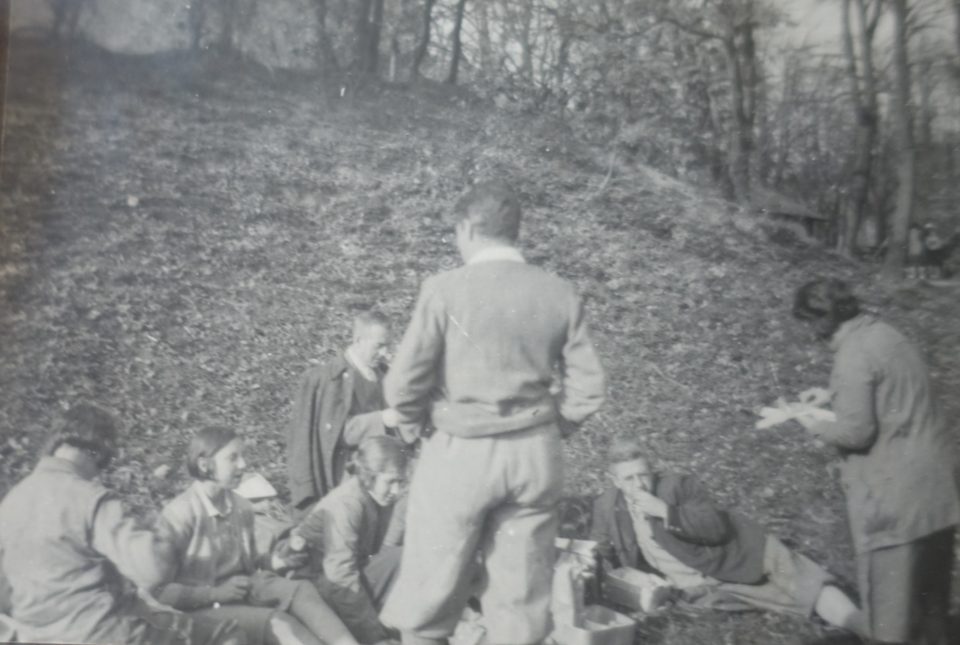
Picknick in the Vienna Wood, June 1931
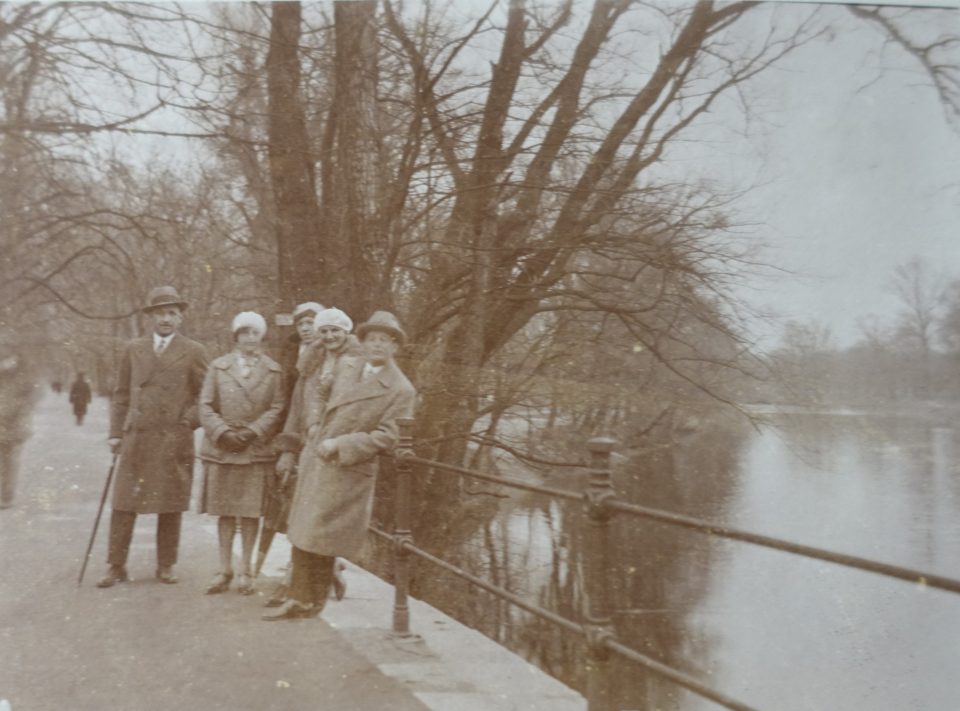
A stroll in the “Prater” alluvial forest, autumn 1931
Photography was a popular and even if expensive, nevertheless an affordable hobby of the Viennese workers and the petite bourgeoisie in the first half of the 20th century. My grandfather Toni Kainz, a trained cook and waiter, innkeeper, tenant of a coffee house and fish monger, my great-uncle Karl Elzholz, a mechanic at the Viennese tramways, and my father Werner Tautz, an electrician, took many photos in and around Vienna documenting the leisure time activities of family and friends in the nature areas in the vicinity of Vienna. These photographic documents form the basis of this article which focuses on how the Viennese working class and lower middle class spent their leisure time in the extensive natural landscapes of the city in the first half of the 20th century with a special focus on the Vienna Wood and the Danube.
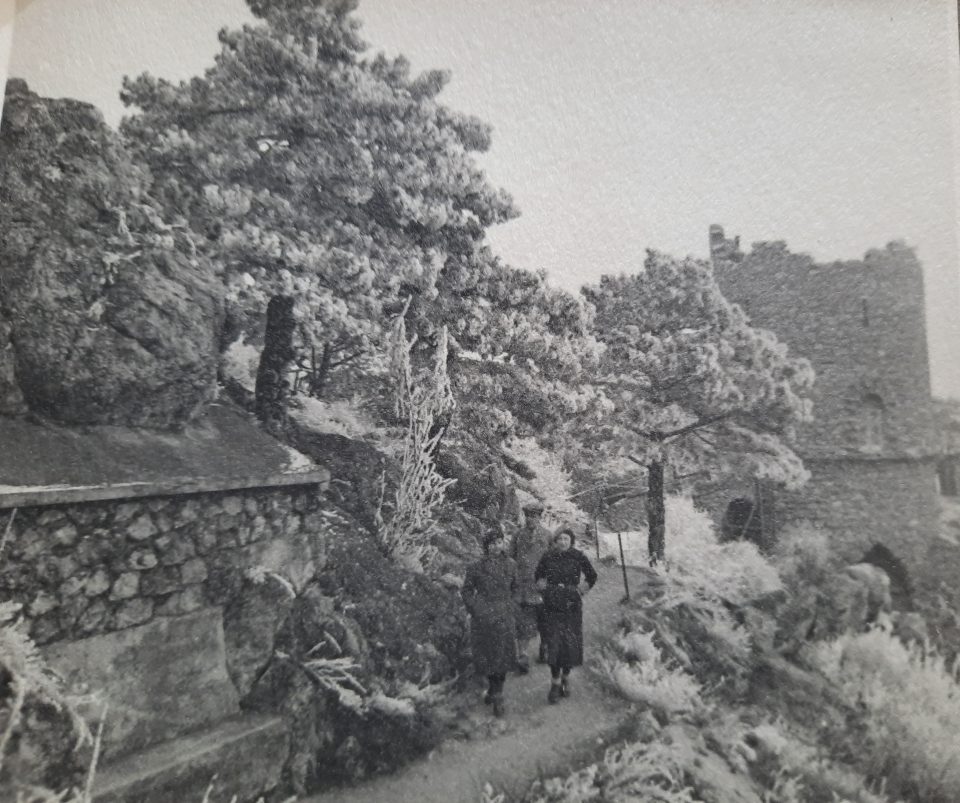
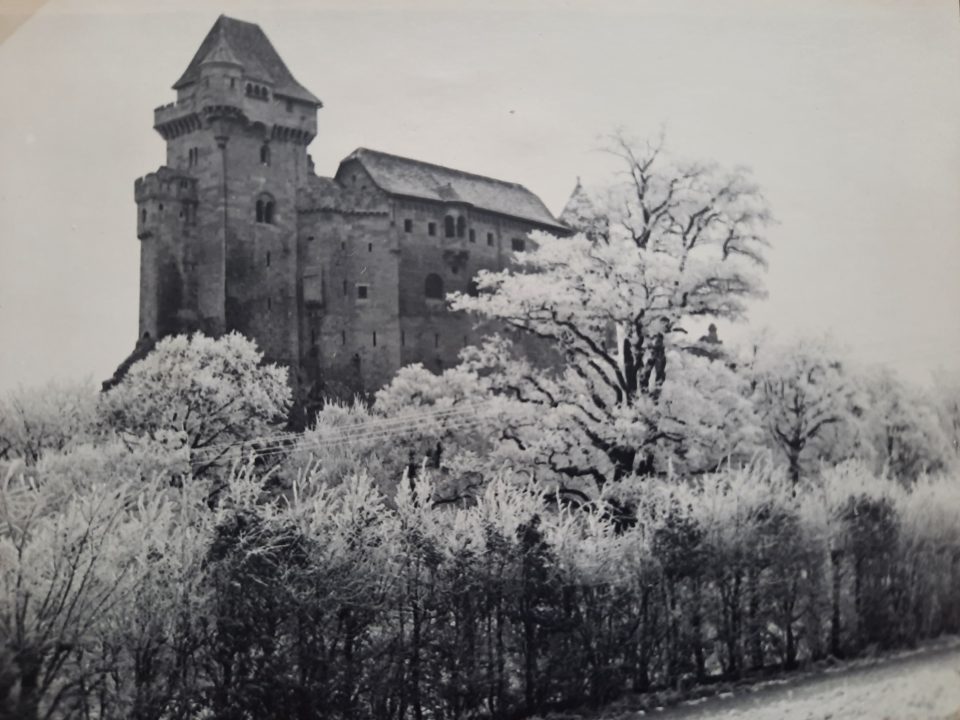
Vienna Wood in the winter of 1932
In the course of the 19th century social norms changed in Vienna whereby some social restrictions were eased, which meant that even low-income social groups could decide on their own how they would like to spend their rare free time. Some of the obligatory religious rituals were abolished due to the influence of the ideas of Enlightenment at the end of the 18th century. The large number of religious holidays which obliged people to participate in the respective Roman Catholic ceremonies were drastically reduced and some of the rigid controls of brotherhoods, guilds and professional trade associations, which had had a tight grip on the leisure time activities of their members and their whole households, were lifted. Festivities, even religious ones, were now more often celebrated with family and friends.
Until the 19th century the poorer classes often had to overcome nearly unsurmountable hurdles in setting up a family of their own. They needed a marriage permission from their master, landlord or employer, yet they usually lacked the means for supporting a family anyway. With the onset of industrialisations servants, maids, apprentices and guild members were no longer part of a household or tightly involved in professional organisations and could decide independently how to spend their leisure time. That’s why in the first half of the 19th century a large number of new places of amusement for the lower classes were established in Vienna; especially in the Viennese suburbs, where inns offered food and drinks in beer gardens and invited dance orchestras to play on Sundays (see article: “Viennese Suburban Inns”). These musical groups and small orchestras made the “Viennese Walz“ popular, so that a veritable “dance fever“ seized all social classes in Vienna in the 19th century. Traditional suburban inns erected large dance halls and some pubs on the outskirts of Vienna were turned into entertainment parks with swings, slides, carrousels, boats on artificial lakes and „chambres séparées“; for example in the „Kolosseum“ in Jägerstrasse (Brigittenau) “chambres séparées” were installed inside a wooden elephant. Indoor swimming pools were constructed, which could be covered and turned into ball rooms in winter, for example the “Sophienbad” in Marxergasse (Landstrasse) and the old “Dianabad” in Obere Donaustrasse (Leopoldstadt). The biggest dance hall of the time was the “Odeon” in Leopoldstadt, which could welcome 8,000 dancers. Especially during the Carnival season, the dance halls were crowded with people of the middle and lower classes.
Emperor Joseph II opened the Imperial hunting grounds in the “Prater” to the public at the end of the 18th century and soon on the grounds of this alluvial forest at the Danube pubs, coffee houses, “Pulcinella” (“Kasperl”) theatres opened and the family Stuwer staged elaborate fireworks. At the onset of industrialisation and its polluting consequences not just the well-to-do, but also the poorer classes discovered a yearning for natural landscapes and tried to flee the stifling city with its tightness, stench, noise and dust. An excursion into nature, the “Landpartie”, was the most favourite spare time activity of the lower classes on Sunday. In the first half of the 19th century the suburbs to the north and west, the Vienna Wood, could easily be reached via regular public coach services, the “Zeiserlwagen” and from there the people hiked up Leopoldsberg or Kahlenberg, for example. The well-to-do Viennese bought or rented small summer houses for spending the hot summer months in a natural surrounding in the vicinity of Vienna. As soon as tramways and railways were available, they transported the Viennese to their favourite natural landscapes for outings or the richer classes to their summer retreats (“Sommerfrische”).
Before the regulation of the Danube, the river separated into four river branches after the narrow section between Leopoldsberg and Bisamberg, west of the city. The southernmost arm, the Danube Canal (“Donaukanal”), was used for shipping goods to the city centre and was in some way regulated since the 16th century in order to keep it close to the city. The other three arms formed the alluvial landscape, which created islands that continually changed their form after every inundation. This part of the Danube could not be used for transport. The areas of Leopoldstadt (today’s 2nd district), Roßau (today’s 9th district) or Weißgerbervorstadt (today’s 3rd district) were continually threatened by catastrophic floods and the much-feared ice jam in winter. After one of the biggest ice jams in 1862 it was decided to undertake a complete regulation of the Danube in Vienna.
…
